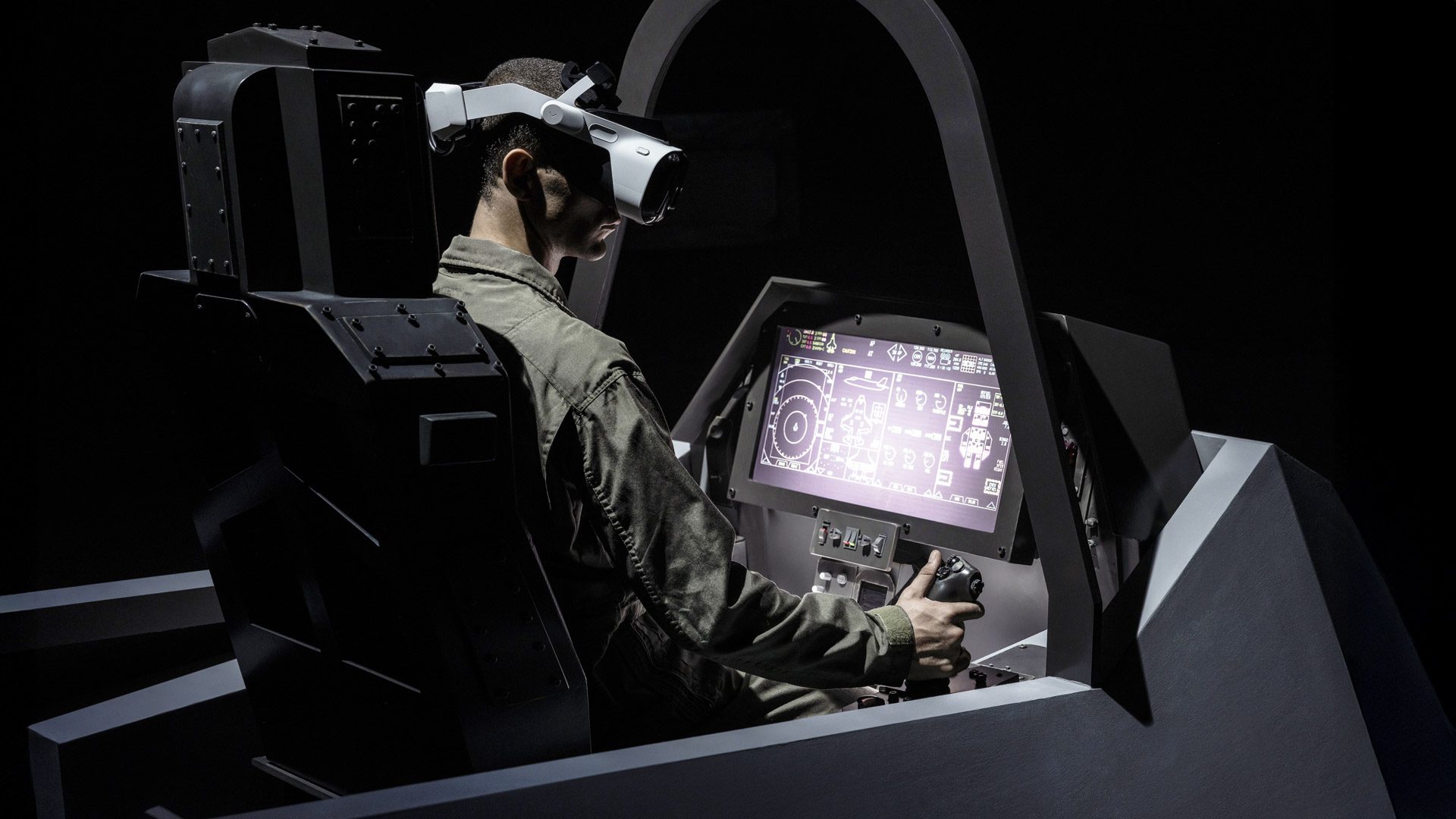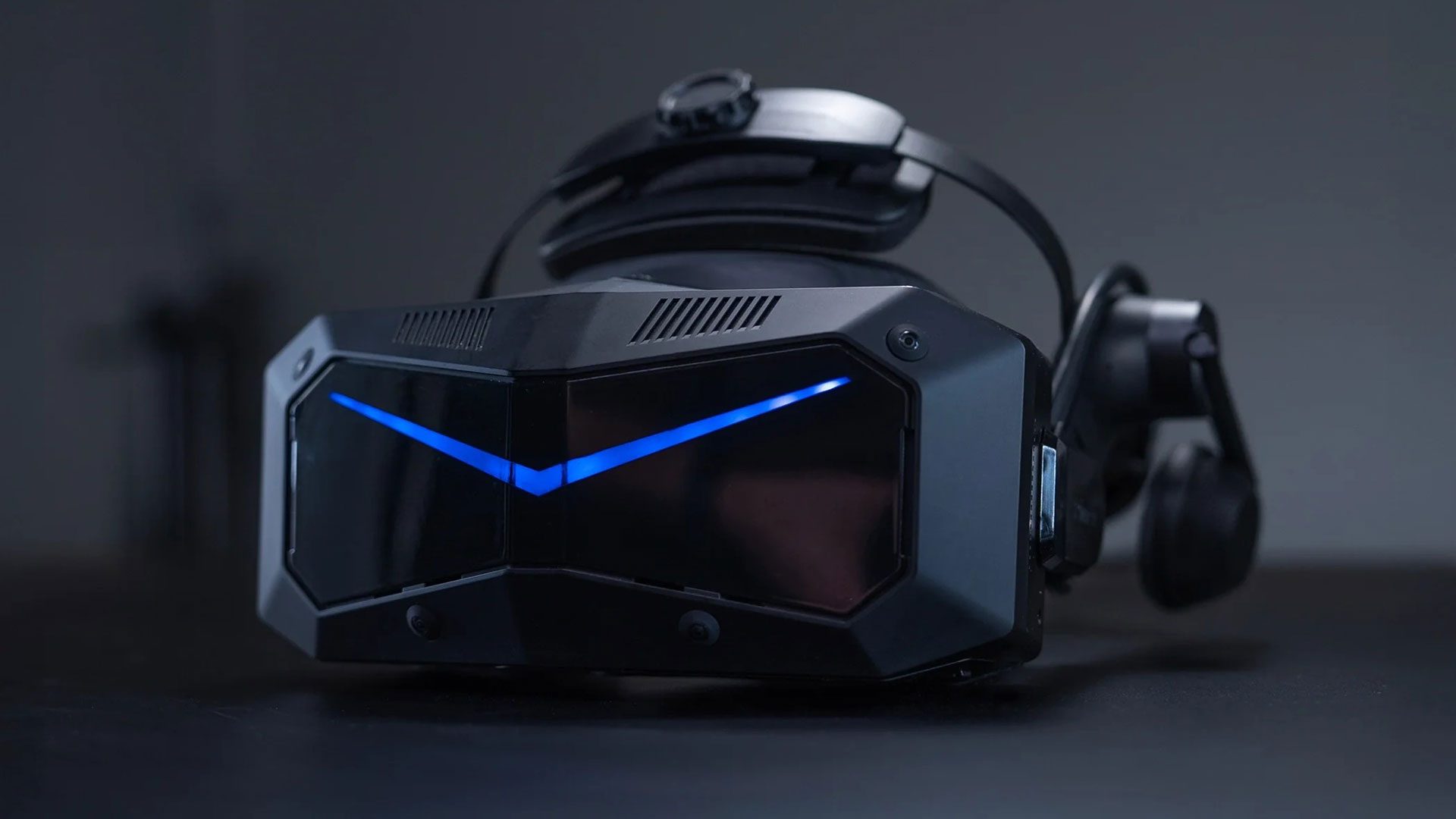Huawei is gearing up to introduce its next major AI accelerator, the Ascend 910C, which has hit the production stage. We now have some insights into what this new chip will bring to the table.
According to recent updates, the Ascend 910C will be manufactured using the advanced 7nm process technology, with contributions from both TSMC and SMIC. Huawei is preparing to deliver a substantial quantity of AI chips, and it’s fascinating to see the strides being made in the Chinese AI sector. The release of models like DeepSeek’s R1 has significantly boosted demand for computing power in the domestic market. Huawei is clearly making waves with the Ascend 910C, and industry experts anticipate it will intensify competition. In a detailed analysis by @ohlennart, there are hints that this chip might pose a genuine challenge to NVIDIA’s H100 in China.
A Twitter user, Lennart Heim, recently tweeted about Huawei’s next AI powerhouse entering production, hinting at its potential and strategic importance. Though it might not match the complexity of NVIDIA’s H100, the Ascend 910C employs a more conventional design. Using two silicon interposers linked by an organic substrate, it’s essentially two Ascend 910B chips combined to deliver enhanced performance. Reports suggest the 910C can achieve up to 800 TFLOP/s at FP16, with a memory bandwidth peaking at 3.2 TB/s, nearly matching the capabilities of the H100.
The Ascend 910C will leverage the 7nm process technology provided by TSMC and SMIC. Before various export restrictions came into play, Huawei strategically secured substantial 7nm orders with TSMC, which will significantly influence the production volume. However, SMIC’s role cannot be overlooked as it has achieved commendable success at 7nm, with a monthly output projected at around 50,000 wafers. This production level aligns with Huawei’s plans to ship a significant number of Ascend AI chips.
While the Ascend 910C is undeniably a significant milestone for China’s AI sector, there’s still a considerable gap compared to global competitors in terms of sheer computing power — lagging by possibly 10-20 times. Yet, companies like DeepSeek have demonstrated how to circumvent these limitations, hinting at a more competitive future backed by China’s talent and innovative strategies. As the AI landscape evolves, Huawei’s efforts will doubtlessly contribute to a more dynamic and competitive field.















































